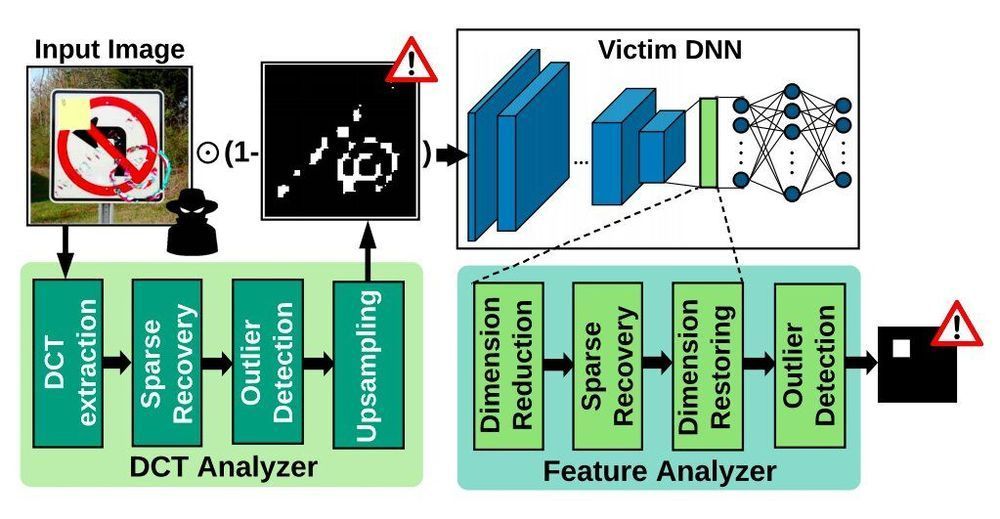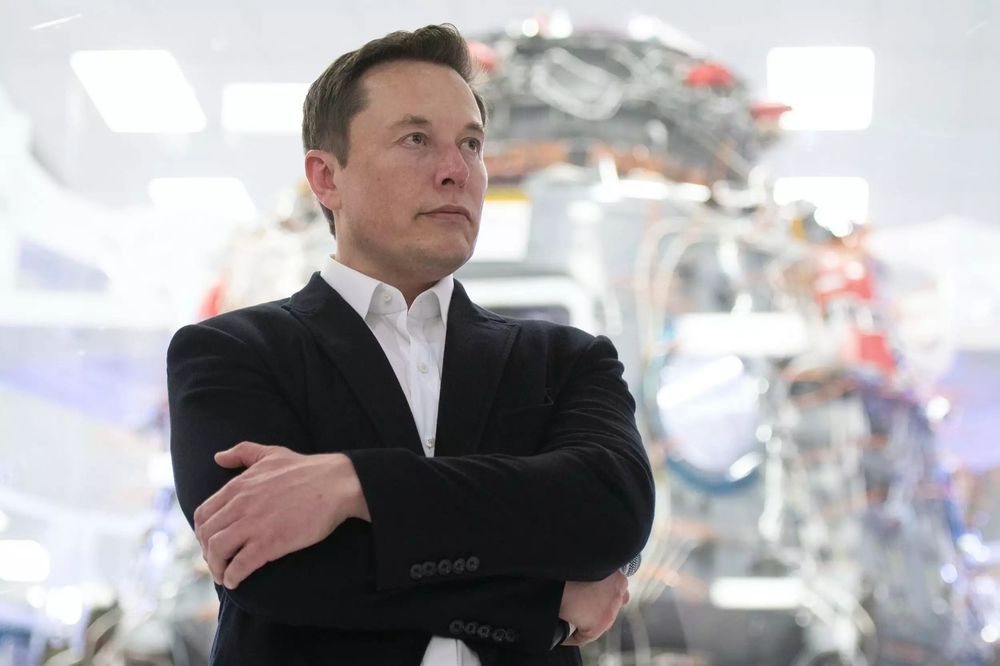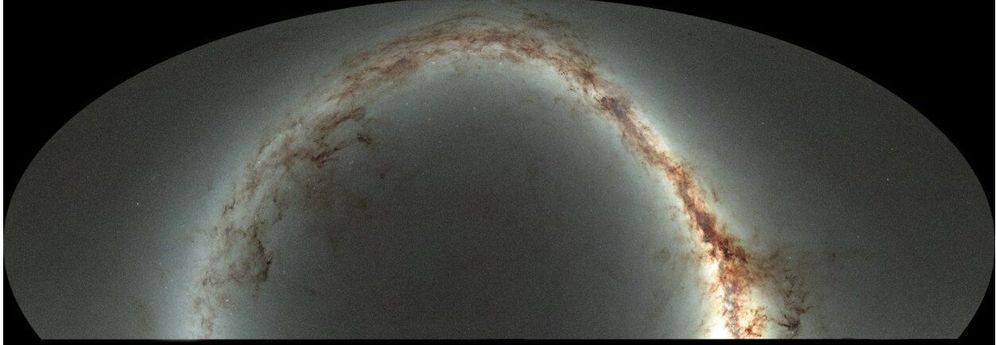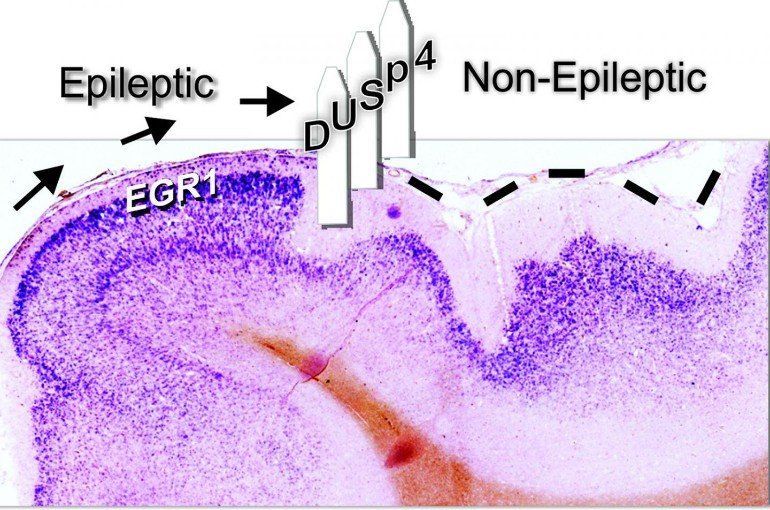An AI used to write articles was tasked to write an article convincing people that AI was not dangerous to humans. Re-sharing article by Market Watch.
Japan’s Cute Army
Posted in military, solar power, sustainability
The unlikely association of Japan’s Self-Defense Forces with adorable anime characters could reflect a deep-seated discomfort with the nation’s military history.
With artificial intelligence (AI) tools and machine learning algorithms now making their way into a wide variety of settings, assessing their security and ensuring that they are protected against cyberattacks is of utmost importance. As most AI algorithms and models are trained on large online datasets and third-party databases, they are vulnerable to a variety of attacks, including neural Trojan attacks.
A neural Trojan attack occurs when an attacker inserts what is known as a hidden Trojan trigger or backdoor inside an AI model during its training. This trigger allows the attacker to hijack the model’s prediction at a later stage, causing it to classify data incorrectly. Detecting these attacks and mitigating their impact can be very challenging, as a targeted model typically performs well and in alignment with a developer’s expectations until the Trojan backdoor is activated.
Researchers at University of California, San Diego have recently created CLEANN, an end-to-end framework designed to protect embedded artificial neural networks from Trojan attacks. This framework, presented in a paper pre-published on arXiv and set to be presented at the 2020 IEEE/ACM International Conference on Computer-Aided Design, was found to perform better than previously developed Trojan shields and detection methods.
Alexey Turchin and Maxim Chernyakov, researchers belonging to the transhumanism movement, wrote a paper outlining the main ways technology might someday make resurrection possible.
From cryonics to time travel, here are some of the (highly speculative) methods that might someday be used to bring people back to life.
The US military is teaming up with Elon Musk’s SpaceX to build a rocket capable of delivering weapons around the world at 7,500 mph.
Einstein’s theory of special relativity gave us the speed limit of the Universe — that of light in a vacuum. But the absolute top speed of sound, through any medium, has been somewhat trickier to constrain.
It’s impossible to measure the speed of sound in every single material in existence, but scientists have now managed to pin down an upper limit based on fundamental constants, the universal parameters by which we understand the physics of the Universe.
That speed limit, according to the new calculations, is 36 kilometres per second (22 miles per second). That’s about twice the speed of sound travelling through diamond.
It looks like our food for the future will be bugs. A factory in France will grow bugs as a food source.
Enter the insects. Or, more appropriately in this case, enter Ÿnsect, the French company with big ambitions to help change the way the world eats. Ÿnsect raised $125 million in Series C funding in early 2019, and at the time already had $70 million worth of aggregated orders to fill. Now they’re building a bug-farming plant to churn out tiny critters in record numbers.
You’ve probably heard of vertical farms in the context of plants; most existing vertical farms use LED lights and a precise mixture of nutrients and water to grow leafy greens or other produce indoors. They maximize the surface area used for growing by stacking several layers of plants on top of one another; the method may not make for as much space as outdoor fields have, but can yield a lot more than you might think.
Ÿnsect’s new plant will use layered trays too, except they’ll be cultivating beetle larvae instead of plants. The ceilings of the facility are 130 feet high—that’s a lot of vertical space to grow bugs in. Those of us who are grossed out by the thought will be glad to know that the whole operation will be highly automated; robots will tend to and harvest the beetles, and AI will be employed to keep tabs on important growing conditions like temperature and humidity.
A team of astronomers at the University of Hawaiʻi at Mānoa Institute for Astronomy (IfA) has produced the world’s largest three-dimensional astronomical imaging catalog of stars, galaxies and quasars. The team used data from UH’s Panoramic Survey Telescope and Rapid Response System or Pan-STARRS1 (PS1) on Haleakalā. The PS1 3π survey is the world’s largest deep multi-color optical survey, spanning three-quarters of the sky. IfA astronomers applied novel computational tools to the catalog, to decipher which of the 3 billion objects are stars, galaxies or quasars. For the galaxies, the software also derived estimates of their distances.
The resulting 3D catalog is now available as a high-level science product through the Mikulski Archive for Space Telescopes. It is approximately 300 GB in size, and science users can query the catalog through the MAST CasJobs SQL interface, or download the entire collection as a computer-readable table.
Summary: Boosting levels of the DUSP4 protein could be a novel way of preventing and treating epilepsy.
Source: University of Illinois
Epileptic seizures often originate in small, localized areas of the brain where neurons abnormally fire in unison. These electrical impulses disrupt proper brain functioning and cause seizures. But what makes regions where seizures start different from parts of the brain where electrical impulses remain normal? More importantly, what prevents these epileptic centers from growing?









